Regulatory Support and Guidelines
Regulatory bodies are increasingly recognizing the importance of enteral nutrition, which is likely to bolster the Enteral Feeding Formulas Market. Guidelines and recommendations from health organizations are promoting the use of enteral feeding in various clinical scenarios, thereby enhancing its acceptance among healthcare providers. This regulatory support is crucial as it not only legitimizes the use of enteral formulas but also encourages research and development in this field. The establishment of clear guidelines for enteral nutrition is expected to facilitate market growth by ensuring that healthcare professionals are well-informed about the benefits and applications of enteral feeding solutions. Consequently, this regulatory environment is likely to create a favorable landscape for the Enteral Feeding Formulas Market.
Growth of Home Healthcare Services
The expansion of home healthcare services is emerging as a significant driver for the Enteral Feeding Formulas Market. As more patients prefer receiving care in the comfort of their homes, the demand for enteral feeding solutions that can be administered outside of clinical settings is increasing. This trend is particularly evident among elderly patients and those with chronic illnesses who require ongoing nutritional support. The home healthcare market is projected to grow substantially, with estimates suggesting it could reach USD 500 billion by 2027. This growth indicates a shift in patient care paradigms, where enteral feeding formulas are becoming integral to home-based care, thereby enhancing the market's potential.
Rising Prevalence of Chronic Diseases
The increasing incidence of chronic diseases such as diabetes, cancer, and neurological disorders is a primary driver for the Enteral Feeding Formulas Market. As these conditions often necessitate specialized nutritional support, the demand for enteral feeding formulas is likely to rise. According to recent data, the prevalence of diabetes alone is projected to reach 700 million by 2045, which underscores the need for effective nutritional interventions. This trend suggests that healthcare providers are increasingly recognizing the importance of enteral nutrition in managing chronic conditions, thereby propelling the market forward. Furthermore, the aging population, which is more susceptible to these diseases, further amplifies the demand for enteral feeding solutions, indicating a robust growth trajectory for the Enteral Feeding Formulas Market.
Increased Awareness of Nutritional Needs
There appears to be a growing awareness among healthcare professionals and patients regarding the critical role of nutrition in recovery and overall health. This heightened awareness is driving the Enteral Feeding Formulas Market as more individuals seek tailored nutritional solutions. Educational initiatives and campaigns aimed at promoting the benefits of enteral nutrition are likely contributing to this trend. As a result, healthcare providers are increasingly recommending enteral feeding formulas for patients with specific dietary requirements, thereby expanding the market. Data suggests that the enteral nutrition market is expected to grow at a compound annual growth rate of approximately 6% over the next few years, reflecting the increasing recognition of the importance of nutritional support in clinical settings.
Technological Advancements in Enteral Nutrition
Technological innovations in the formulation and delivery of enteral feeding solutions are significantly influencing the Enteral Feeding Formulas Market. Advances in product formulation, such as the development of specialized formulas tailored for specific medical conditions, are enhancing the efficacy of enteral nutrition. Additionally, improvements in delivery systems, including pre-filled syringes and portable feeding pumps, are making enteral feeding more convenient and accessible for patients. These innovations not only improve patient compliance but also expand the potential user base. The market is witnessing a surge in the introduction of new products that cater to diverse dietary needs, which is likely to further stimulate growth in the Enteral Feeding Formulas Market.


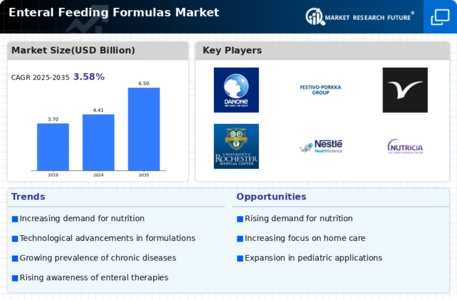


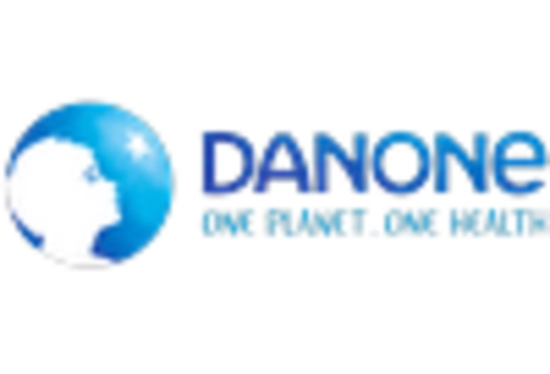
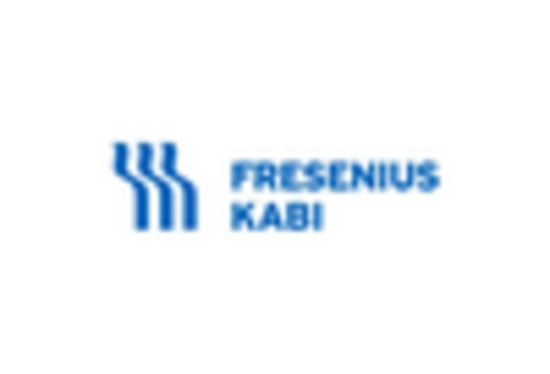
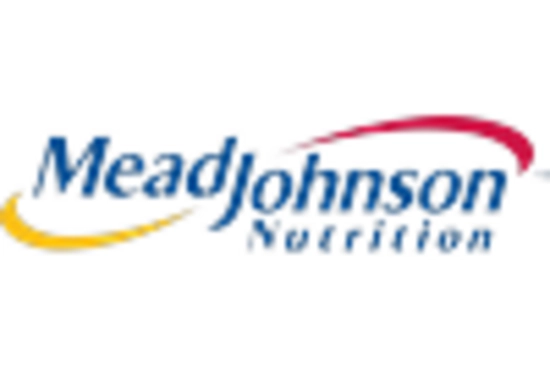
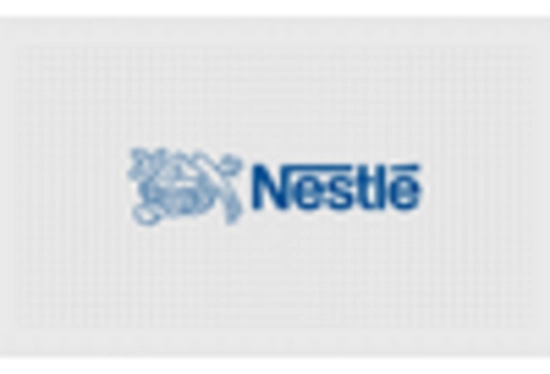








Leave a Comment